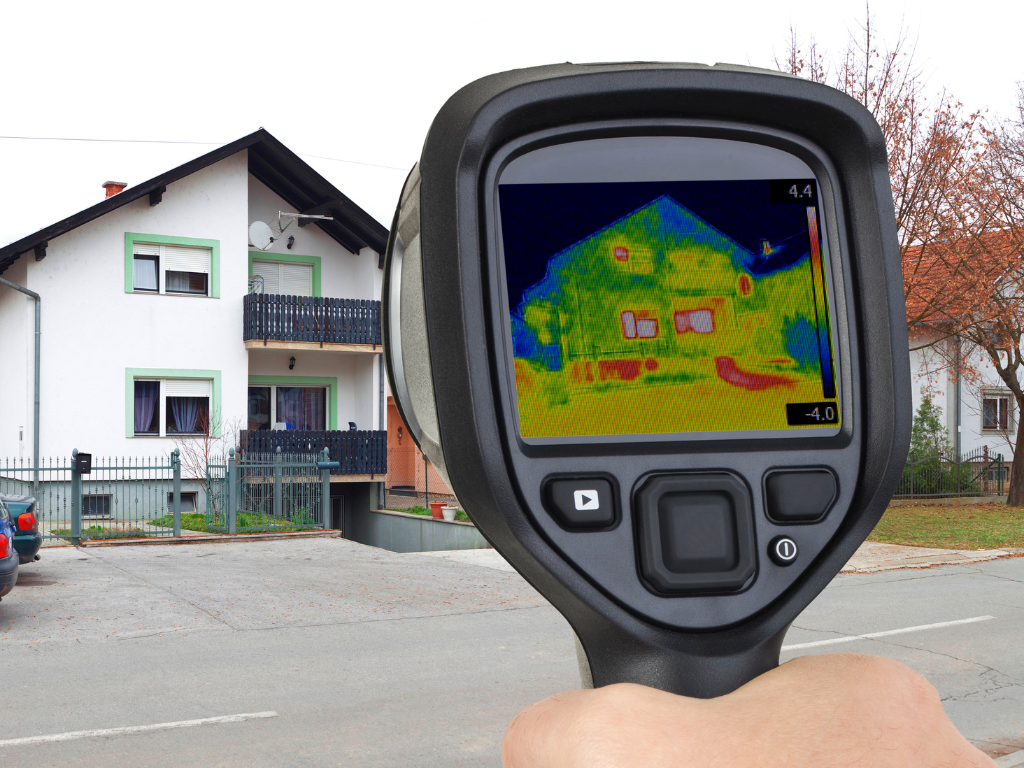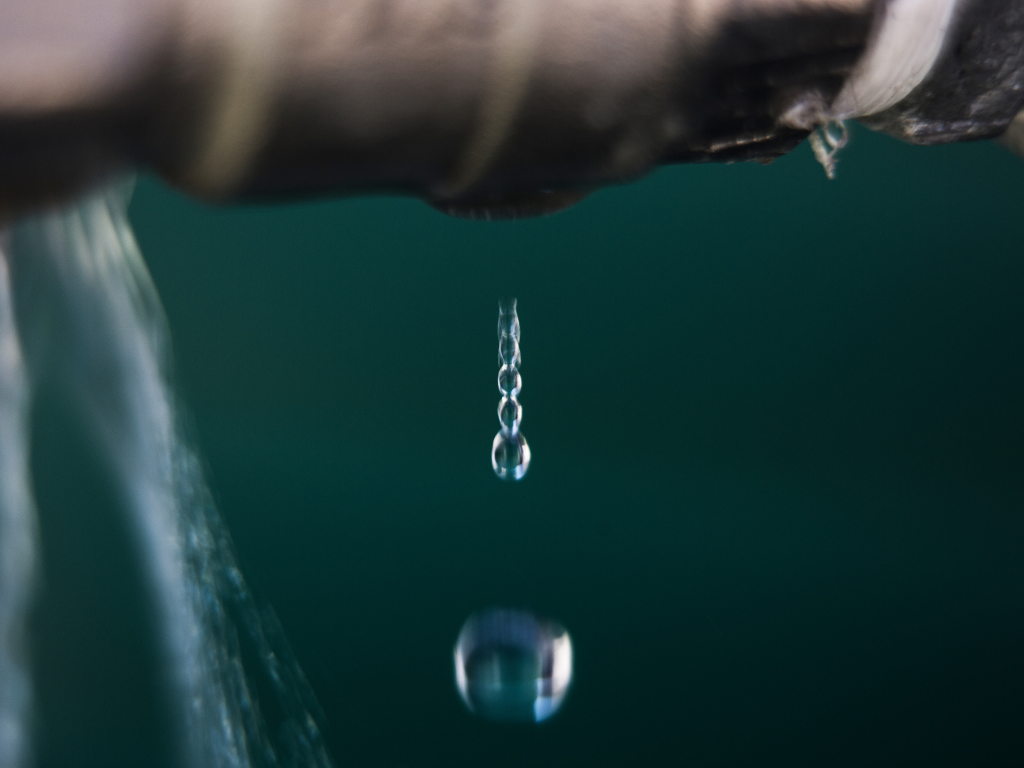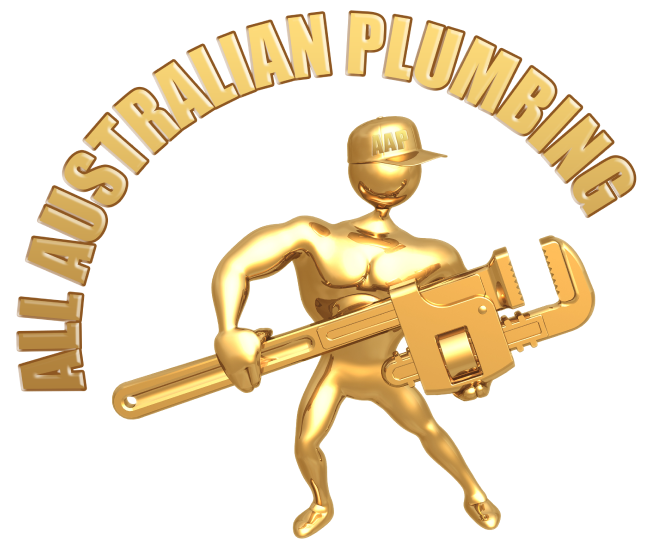Introduction to the Importance of Leak Detection
Leak detection is not just about water conservation; it’s a critical measure to protect your property from potential damage and avoid costly repairs. Undetected leaks can lead to structural damage, promote mold growth, and waste significant amounts of water, leading to high utility bills.
In New South Wales, where weather can range from coastal humidity to dry inland climates, the integrity of plumbing systems is paramount to maintain.
Identifying the Presence of a Leak
Leaks within a property manifest through various signs. Increased water bills, the sound of running water when taps are off, damp patches on walls or ceilings, and a musty smell indicating mold are common indicators. Homeowners can perform simple tests, like checking their water meter before and after a two-hour period with no water use, to detect leaks.
Employing Leak Detection Techniques

Professional leak detection combines expertise with sophisticated equipment. Techniques utilized include:
- Acoustic detectors, which listen for the sound of escaping water through walls and foundations.
- Thermal imaging cameras, which detect changes in wall and floor temperatures caused by dampness.
These tools are especially effective for detecting leaks hidden within the complex network of pipes in urban New South Wales homes.
Immediate Actions Post-Leak Detection
Once a leak is detected, the immediate response should be to:
- Shut off the main water valve to prevent further water loss and damage.
- Contact a professional plumbing service that specializes in leak detection and repair.
- If possible, remove any valuables and furniture from the affected area to minimize property damage.
Estimating Leak Detection and Repair Costs
Cost estimation for leak detection and repair can vary widely based on several factors. In New South Wales, homeowners can expect:
- Basic leak detection services to start from around AUD 100 to AUD 250, depending on the complexity.
- Repairs for simple leaks to range between AUD 180 and AUD 450, including parts and labor.
- More extensive repair work, especially for leaks under slabs or in walls, can cost upwards of AUD 1,000 or more.
- Additional costs for after-hours services or emergency call-outs, which can increase the base rate.
It’s important for homeowners to request detailed quotes from service providers that cover all potential costs. Many plumbers in New South Wales offer no-obligation quotes, allowing homeowners to make informed decisions.
Repair Options for Common Leaks
When addressing leaks, the repair strategy varies based on the leak’s nature and location:
- For simple leaks, such as dripping faucets or showerheads, washer or O-ring replacements often suffice, which are relatively inexpensive and can be done quickly.
- Toilet leaks can usually be resolved by replacing the flapper or adjusting the fill valve, both of which are cost-effective fixes.
- Underground and slab leaks are more complex, requiring excavation or cutting into concrete. These repairs are more labor-intensive and can be costly due to the extra work and restoration required.
Professionals in New South Wales typically utilize non-invasive methods first, such as infrared thermography or endoscopic cameras, to pinpoint the problem area and minimize the need for extensive repair work.
DIY Leak Detection and Repair
Some minor leaks can be managed by the homeowner:
- A careful examination of exposed pipes, especially during colder months, can prevent pipe bursts.
- Regularly checking and replacing worn washers and seals in taps can prevent leaks from developing.
However, for any signs of significant water damage or if the leak’s source is not apparent, it’s advised to seek professional help to avoid exacerbating the problem.
Preventing Future Leaks Through Maintenance

Preventative measures are key in avoiding future leaks:
- Regular inspections of pipes, faucets, and connecting hoses can help catch issues before they escalate.
- Installing water detection alarms in areas prone to leaks, like under sinks and near water heaters, can provide early warnings.
- Annual professional inspections are recommended, particularly for older homes or those with a history of plumbing issues.
In New South Wales, many plumbing services offer maintenance packages, which can be a cost-effective way to keep plumbing systems in check.
Technological Advancements in Leak Management
Technological advancements have significantly improved leak detection and management:
- Smart water meters provide real-time monitoring of water usage and can alert homeowners to unusual patterns that may indicate leaks.
- Automated shut-off systems can detect leaks and shut off water supply to prevent damage.
- Pipe relining technology offers a way to repair leaks without the need for extensive excavation, suitable for the diverse landscapes and property types found across New South Wales.
Wrapping Up: The Value of Vigilance in Leak Management
Proactive leak management is essential. By addressing leaks promptly and performing regular maintenance, homeowners can avoid unexpected disruptions and expenses. The long-term benefits include:
- Protection of property value: Addressing leaks early helps maintain the structural integrity of the home.
- Environmental responsibility: Conserving water is crucial in New South Wales, where drought conditions can prevail.
- Cost savings: Preventative measures can mitigate the need for more significant repairs later on.
Regular inspections and staying informed about the latest advancements in leak detection can help homeowners manage their properties more effectively and sustainably.




